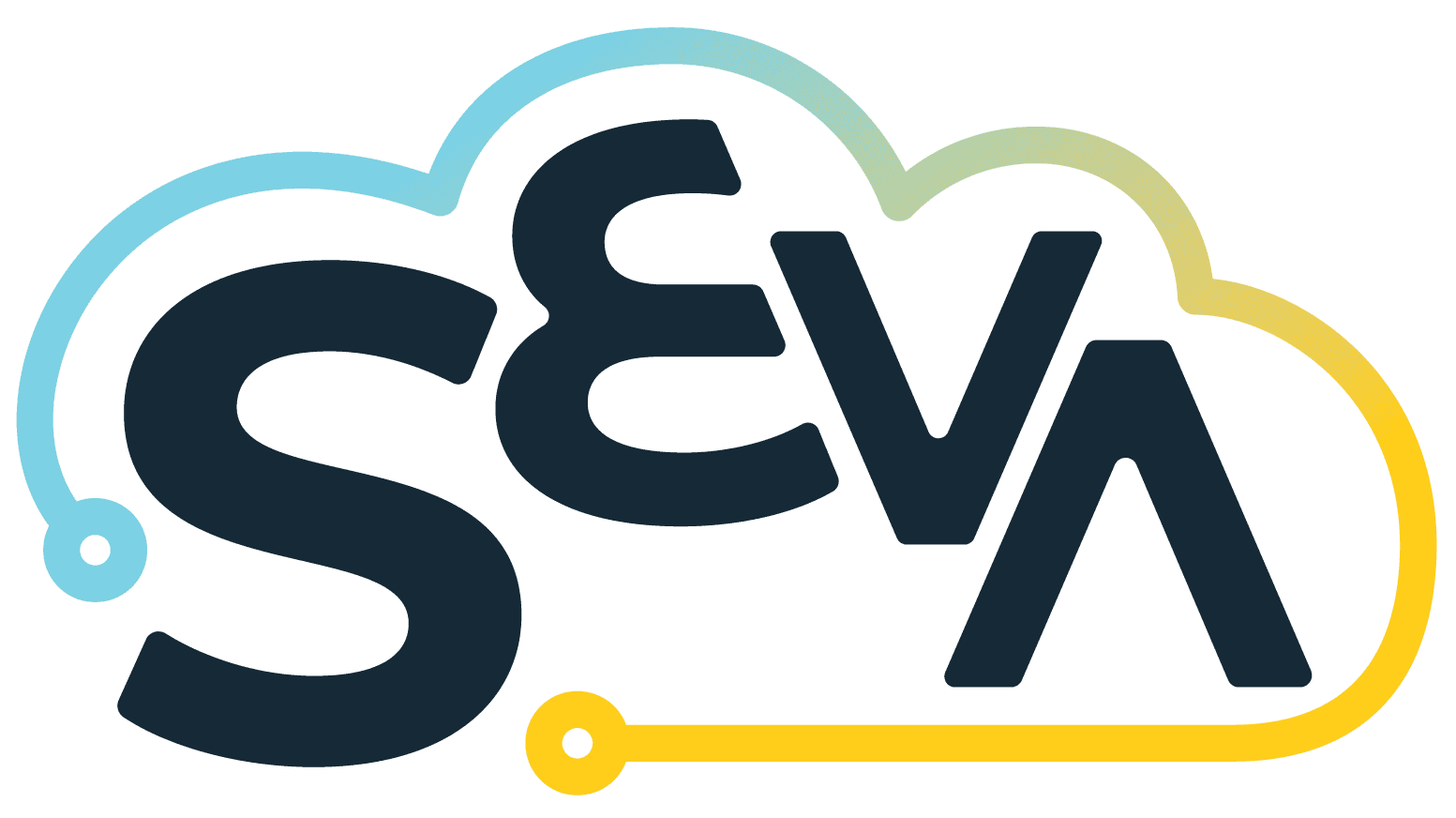
The Scenario

Recently, I built a web app to monitor a fleet of Windows Servers. These servers send telemetry and diagnostic information via a range of collection mechanisms into a DynamoDB instance hosted on AWS. On the frontend, I use this data to display actionable insights and performance metrics in real time. The app has been a game changer for my team, especially when they’re on-call. It eliminates the need to remotely connect to a server just to troubleshoot basic issues.
However, I started noticing that the app sometimes takes longer than expected to load all the data. This led me to question whether my API design was contributing to latency, and whether a GraphQL-first approach might improve performance, particularly for mobile and bandwidth-constrained environments.
While both GraphQL and REST API approaches are powerful in their own right, understanding their differences, trade-offs, and best-fit scenarios can help you make informed decisions. Especially as a full stack developer responsible for both frontend and backend components.
As we expanded the feature set, adding mobile access, richer charts, and more customizable views, performance issues began to emerge. The frontend had to make several sequential REST API calls to retrieve all the necessary data for a single screen, and on mobiles (which have much smaller processing power than a laptop), the latency became particularly noticeable. Load times ballooned, and users began to experience lag in UI responsiveness.
This experience made me rethink my API strategy. I had heard about how I could fetch all the data the UI needed, across servers, logs, alerts, and user preferences, in a single GraphQL query. I could tune the payload for each device type, cutting out unnecessary fields for mobile users. That led me to evaluate GraphQL as a potential solution. In a bandwidth-constrained mobile-first world, where user experience hinges on milliseconds, GraphQL’s ability to fetch only what’s needed, all at once, felt like a better architectural fit. The deeper I explored, the clearer it became that GraphQL may be the better choice over REST.
Lets first look into what Rest and GraphQL are.
Why REST Is Still the Default for Most Web Apps?
Rest, we all need it from time to time. No not sleepy time! REST (Representational State Transfer). Its a time-tested architectural style for designing networked applications. It organizes data around resources. Think /servers, /metrics, or /alerts. Each accessible via a specific endpoint. Interactions with these resources are handled using standard HTTP methods like GET (to retrieve), POST (to create), PUT (to update), and DELETE (to remove).. If you’ve developed an application before, its likely that you used a REST API.
In the server monitoring app I built, REST was initially the natural choice. Each endpoint mapped clearly to a resource. Server metrics, patching state, alert logs, system statuses, etc. And the HTTP verbs kept things straightforward. However, as the frontend demands grew, particularly for mobile users, making multiple REST calls to stitch together data from multiple sources became inefficient. This is where REST’s rigidity in handling nested, interrelated data began to show limitations.
However, REST is intuitive and straightforward, which makes it ideal for simpler projects or teams looking for predictable patterns. It’s also the most common API paradigm in modern web development, with wide support in tools, documentation, and frameworks. Calling a REST endpoint is as simple as sending an HTTP request and getting some data back. That could be a single object like a server’s status, or an array of objects such as a list of all active alerts. This predictability makes REST accessible for beginners and highly maintainable in long-lived projects.
In my experience though, this simplicity can become a limitation when the application grows in complexity and needs more flexible, client-specific data fetching.
Why GraphQL Excels in Modern, Mobile-First Full Stack Development?
GraphQL is a query language and runtime developed by Facebook that allows clients to request exactly the data they need. Unlike REST, which requires navigating between multiple endpoints, GraphQL centralizes all data access through a single endpoint (/graphql).
Clients send structured queries describing precisely what data they want, and the server responds with only that data. This makes GraphQL especially powerful for applications with complex, nested data models or variable frontend requirements. For full stack developers, GraphQL not only reduces redundant network calls but also enables a more declarative and collaborative approach to API design, where frontend and backend teams can work more fluidly together under a shared schema.
For full stack developers, GraphQL introduces the opportunity to consolidate logic, streamline client-server interactions, and evolve APIs without versioning. One of the major pain points with REST is the tendency to overfetch data. In practice, it’s common to hit a REST endpoint and receive a large object or array, most of which you don’t need. For instance, fetching a server object might return dozens of fields when the UI only requires a single status value. GraphQL shifts that responsibility to the server, enabling clients to specify exactly which fields they want. This precise querying significantly reduces payload sizes and network overhead, which is especially beneficial in mobile-first development where bandwidth and latency are critical constraints. The result is a leaner, faster, and more responsive application experience.
It should be said though, that a REST API can be designed to be more efficient, with techniques like attribute filtering (where clients specify which fields they want returned) or client-side pagination to limit result sizes. These strategies can reduce overfetching and improve performance. However, they often require additional backend logic or careful endpoint design to match the flexibility that GraphQL provides out of the box. For full stack developers, achieving the same level of payload optimization in REST can become more complex and fragmented as requirements evolve.
Core Architectural Differences: REST vs. GraphQL
This table highlights the foundational differences between REST and GraphQL in API design and developer experience. REST relies on multiple, fixed endpoints that can lead to overfetching and increased client-side complexity, especially as applications grow. In contrast, GraphQL streamlines data access through a single endpoint, allowing clients to specify exactly what they need. This not only improves performance but also enhances maintainability and flexibility, important in mobile-first or complex, data-driven applications. While REST enjoys broad tooling support and simplicity, GraphQL’s precision and schema-driven structure offer compelling advantages for full stack teams building scalable, responsive user experiences.
| Feature | REST API | GraphQL API |
|---|---|---|
| Endpoint Design | Multiple endpoints | Single endpoint |
| Data Fetching | Fixed format, often over/under-fetch | Client-defined, precise fetching |
| Versioning | Uses versioned URLs | Evolves via schema changes |
| Performance | May need multiple requests | Can fetch all needed data at once |
| Caching | HTTP-based caching | More complex caching strategies |
| Tooling | Works with standard HTTP tools | Requires GraphQL-specific tooling |
Pros and Cons: Which One Works Better for Your Use Case?
Rather than just listing features, let’s walk through how REST and GraphQL perform in day-to-day development scenarios, with a mobile-first mindset and full stack responsibilities in play.
REST
Pros
- REST is straightforward and widely adopted. Most developers already know how to work with it, and most tools support it out of the box.
- It’s easy to test, debug, and document. Tools like Postman or curl make this process seamless.
- REST works perfectly when you have well-defined resources that map neatly to your application’s functionality.
- It takes advantage of HTTP features like caching, authentication, and status codes.
Cons
- REST can be a bit rigid. If you want to fetch nested or related data, you often end up making multiple requests.
- Overfetching is common. You hit an endpoint and get a full object, even if you only need one or two fields.
- It can lead to endpoint sprawl as your app grows and you start building custom endpoints for different frontend needs.
- Evolving APIs usually means adding new versions or deprecating old ones, which adds maintenance overhead.
GraphQL
Pros
- GraphQL is all about precision. You ask for what you need and get exactly that. No more, no less.
- It shines in apps that display complex, related data from multiple sources (like dashboards or mobile apps).
- It enables a single, consistent endpoint for all queries, reducing routing complexity.
- It’s incredibly useful for mobile-first applications, as smaller, tailored payloads improve load times and responsiveness.
- Strong typing and schema introspection make it easier to collaborate and iterate quickly across teams.
Cons
- It has a steeper learning curve, especially for teams new to the concept of schemas and resolvers.
- Caching is more complex. You’ll need tools like Apollo Client or Relay to manage it effectively.
- Poorly designed queries can become performance bottlenecks if not optimized or rate-limited properly.
- Debugging can be harder early on, especially if you’re not familiar with the query structure or server-side setup.
REST vs GraphQL: In The End Its A Strategic Decision
Ultimately, and as with all system design/architectural decisions, choosing between REST and GraphQL depends on the needs of your project and your team.
If you’re building a traditional web application with predictable data patterns and standard client-server interactions, REST provides a stable and proven approach. It’s easy to implement, well-documented, and integrates smoothly with existing tools.
However, if you’re working on a dynamic, mobile-first application where bandwidth, latency, and rapid iteration are key concerns, GraphQL offers a compelling alternative. It empowers developers to request only the data they need, reducing payload size and improving performance, especially on mobile networks. GraphQL also simplifies coordination between frontend and backend teams by exposing a strongly typed schema and enabling more agile development cycles.
In the end, it’s a strategic choice that should align with your project’s scale, user experience goals, and development workflow.
Website Services
Hello, My name is Liamarjit Bhogal, I run Seva Cloud, an all-in-one Socially Conscious, Ethical and Sustainable Web Design, Website Management and SEO service for individuals, small businesses and not-for-profits. We position ourselves as a web design business, but we design the full tech stack, not just the bits you see.
Web Design & Development
Lets create an authentic, stunning and enchanting website that speaks directly to your audience. A well planned, well designed and well implemented website will attract more visitors, increase engagement, and ultimately drive more support for your cause. Connect with your community and serve them better by leveraging our expertise in web design and development.
Website Management
With 13 years in the Industry, Seva Cloud has enterprise level experience to help your organization deliver high-quality results on a low budget. Don’t sacrifice your mission-driven work because of technical challenges. You deserve access to effective online tools, that reduce the complexity of managing a website so you can fulfil your purpose.
Search Engine Optimization
A website crafted with SEO by design, optimization and ongoing management, helps you achieve your website goals and increases your impact in the community. This establishes a strong foundation for your site, improves the website’s visibility and increases the chance of people discovering your important work by expanding your reach to a broader audience right from launch.
Seva Cloud is an impact-driven business that strives to provide essential, world class online solutions to not-for-profit organizations and small businesses. We exist to make them feel empowered and inspired to fulfil their missions, alleviating the frustration and complexity of managing their online presence and maximizing their impact in the world.



